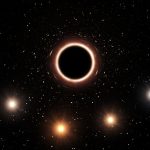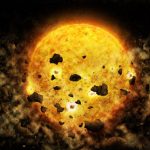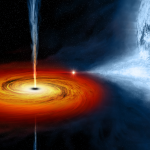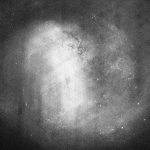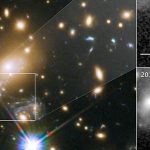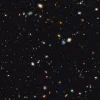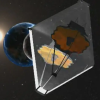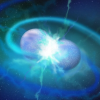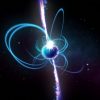For decades, astronomers have puzzled over the variability of young stars residing in Taurus-Auriga dark clouds, a group of molecular clouds located in the constellations of Taurus and Auriga, about 450 light-years away. Since 1937, they have recorded noticeable dips in the brightness of RW Aur A — the primary star of a low-mass binary system — every few decades. Each dimming event appeared to last for about a month. In 2011, the star dimmed again, this time for about half a year. RW Aur A eventually brightened, only to fade again in mid-2014. In November 2016, the star returned to its full luminosity. Now Hans Moritz Günther of MIT and co-authors have observed RW Aur A using NASA’s Chandra X-Ray Observatory. They’ve found evidence for what may have caused its most recent dimming event: a collision of two protoplanetary bodies, which produced in its aftermath a dense cloud of gas and dust. As this planetary debris fell into RW Aur A, it generated a thick veil, temporarily obscuring the star’s light.



